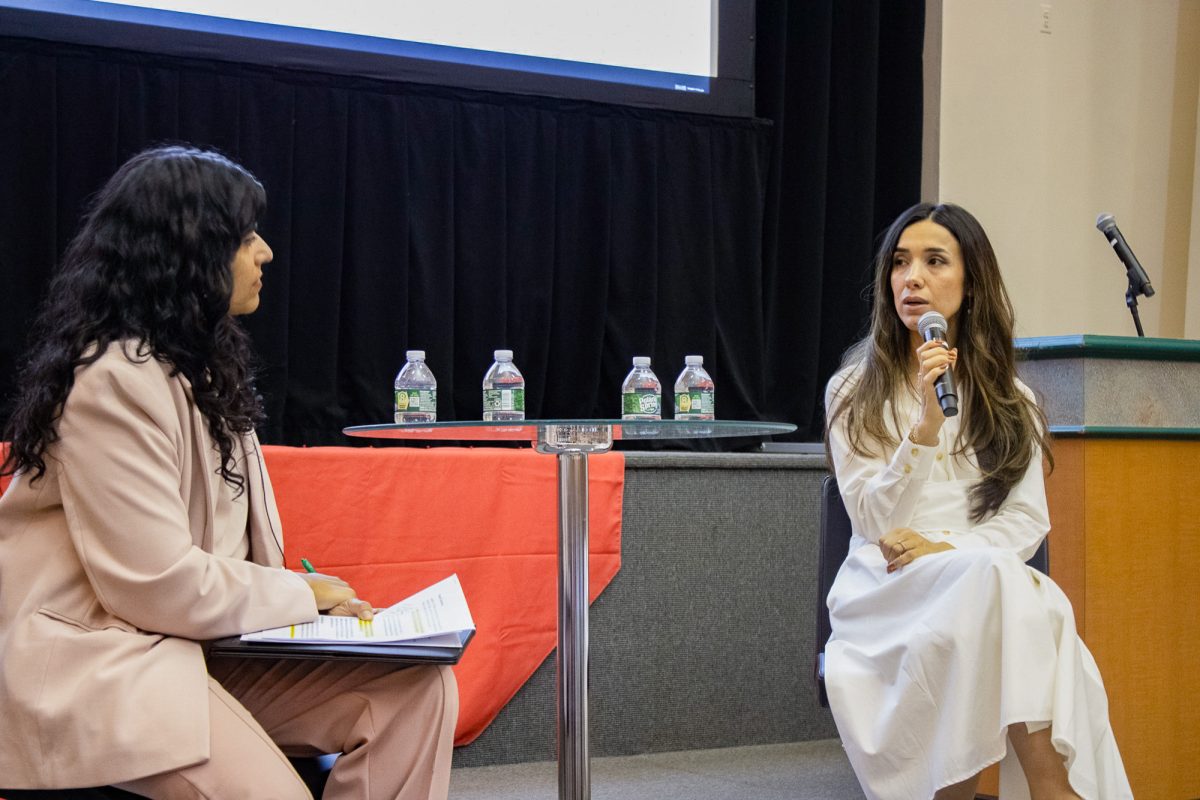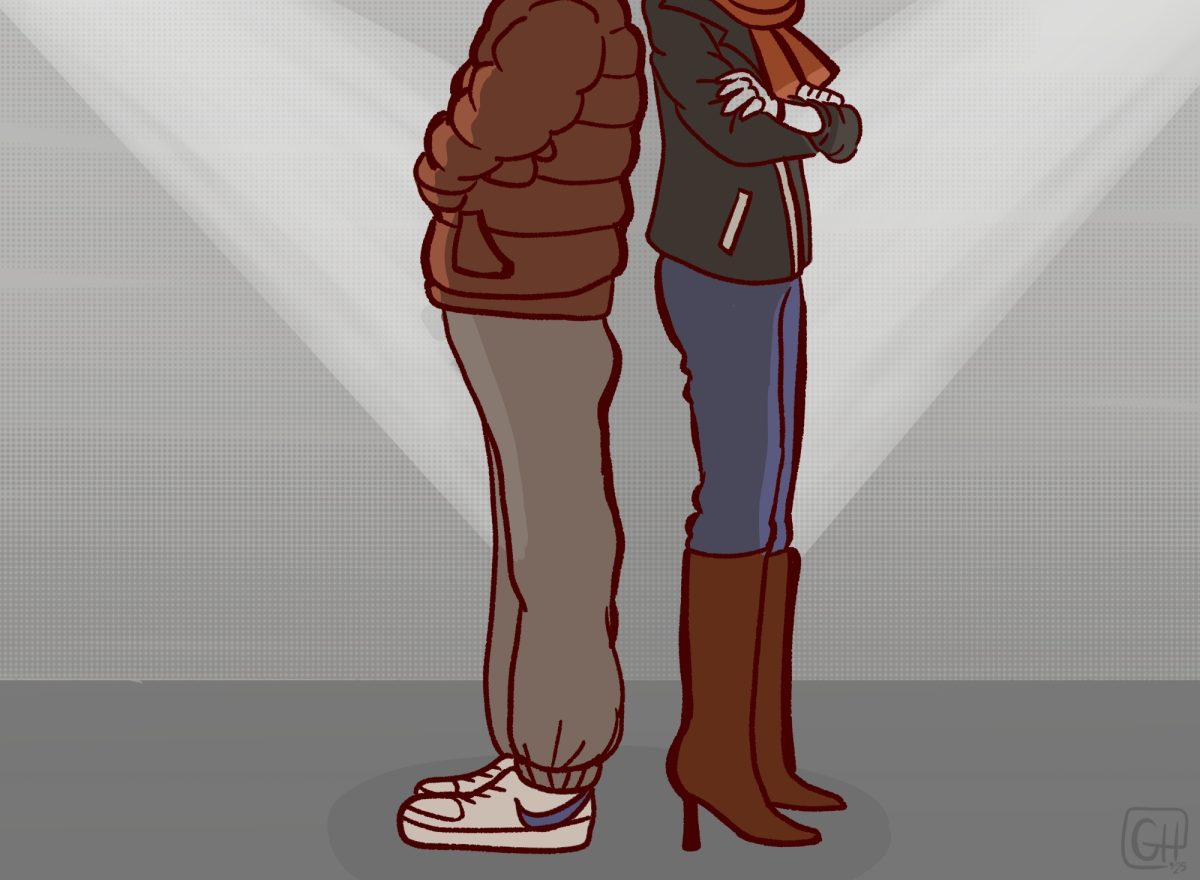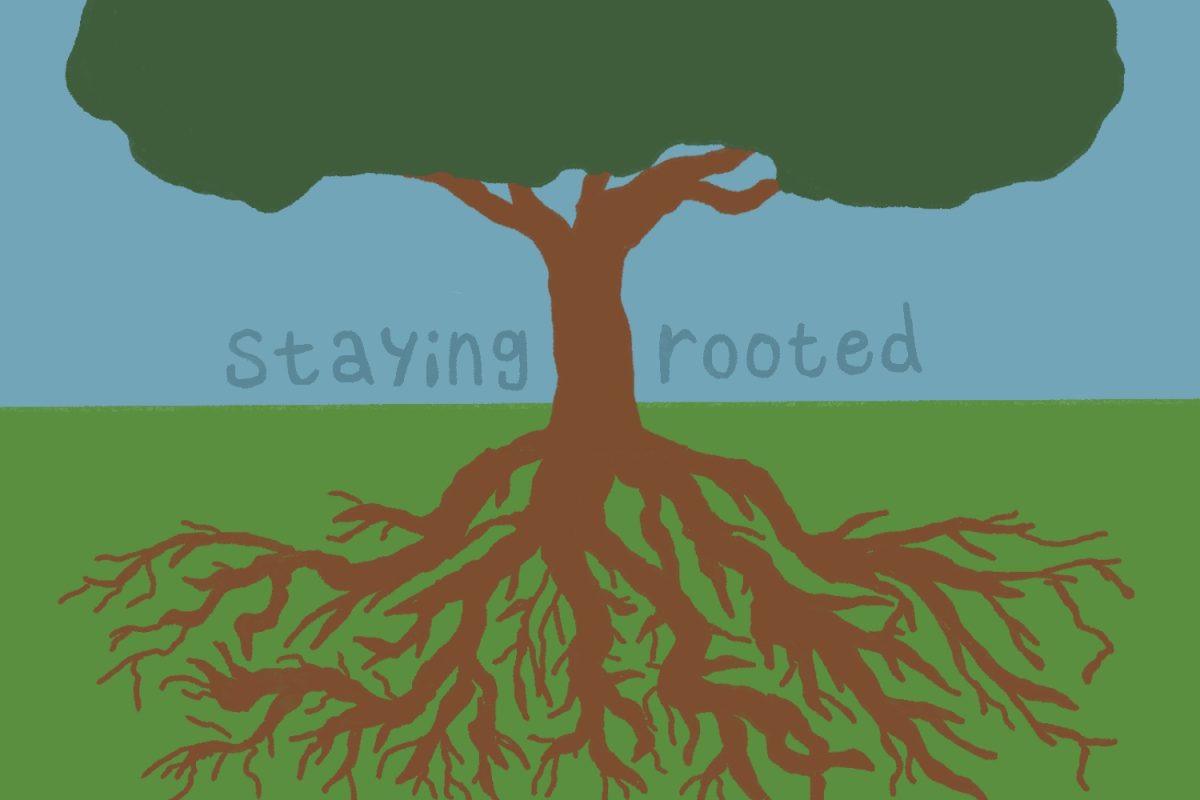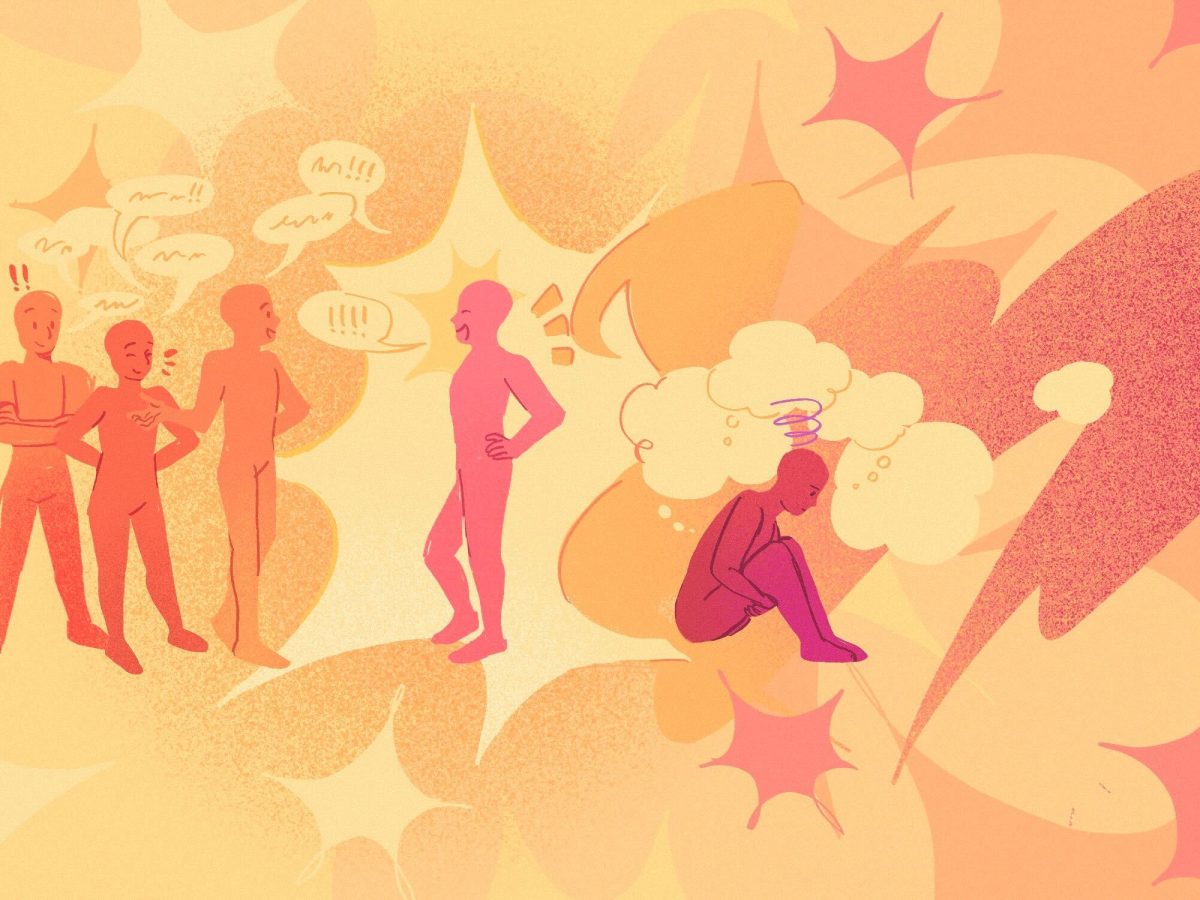Charlie is a wallflower. He isn’t the biggest geek in school, but by no means is he popular. Shy, sensitive, reflective and brilliant, he is used to standing on the fringes of life. The day before his freshman year of high school, following the suicide of his best friend, Charlie starts to write anonymous letters to a person he has never met, accurately documenting the rollercoaster that is growing up. Mix tapes, long drives, drugs, first dates and new friends soon become a part of Charlie’s world, shoving him in an introspective spotlight that eventually forces him to start participating. Stephen Chbosky’s first novel, “The Perks of Being a Wallflower,” narrates life from the unique perspective of that unassuming figure in the corner of a room.
Samantha and Patrick are both seniors; step-siblings who used to be popular before they started “listening to good music.” When Patrick invites Charlie to sit with them at a football game, Charlie is overjoyed that he has finally found friends. He is immediately welcomed into an older circle of kids that grow to appreciate his open mind and rare outlook.
As Charlie falls in love with Sam, with eyes that are “the kind of green that doesn’t make a big deal out of itself,” and bonds with Patrick, who is secretly dating their school’s star football player, the reader is given an extended glimpse into Charlie’s mind, too withdrawn to say what he actually wants, yet intelligent enough to realize it will only come through the many experiences he gains from day to day living.
He writes, “The feeling I had happened when Sam told Patrick to find a station on the radio … finally he found this really amazing song about this boy, and we all got quiet … And I just sat between them. After the song finished, I said something. ‘I feel infinite.’”
Chbosky paints Charlie’s character through his letters, which are more personal than a diary, and more thought-provoking than simple conversation. “The Perks” is a coming-of-age novel that has been likened to “The Catcher in the Rye” and “A Separate Peace,” yet lacks their raw, jaded edge. Instead, you see Charlie before he is tarnished by the various melodramas of growing up. Charlie’s life is uncharted territory until that moment.
Along with the thrill of finding true friendship and exploring relationships, Charlie has to deal with the baggage that comes with caring about people. A thinker, he can never really lose the part of himself that wants to stay on the sidelines and observe others.
“I walk around the school hallways and look at the people. I look at the teachers and wonder why they’re here. If they like their jobs. Or us. And I wonder how smart they were when they were fifteen. Not in a mean way. In a curious way.”
Family issues are also woven into Charlie’s story. He is smack in the middle of his brother, a football star at Penn State, and his sister, a straight-A senior who is abused by her boyfriend. As Charlie changes throughout the year, his relationship with his family is also genuinely affected. At school, his English teacher notices his abilities and loans him books to read every week, each with the same theme of trying to live life, but run from it at the same time.
“The Perks” is a page-turner in the obvious sense — a main character whose choppily written letters seem so familiar to the jumbled nature of one’s own thoughts, and the kind of occurrences that profile almost everyone’s definition of “high school.” However, Chbosky’s style adds another layer to what could easily be a twisted cliché. The simplicity of Charlie’s voice, thoughts and perspective allow an inevitable connection with any reader. Blended with just the right amount of innocent humor and excitement, “The Perks of Being a Wallflower” is an incredible portrayal of the transition between looking inward at yourself and seeing everything else around you.















































































































